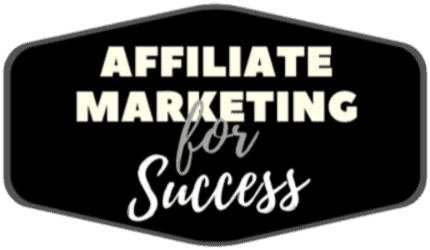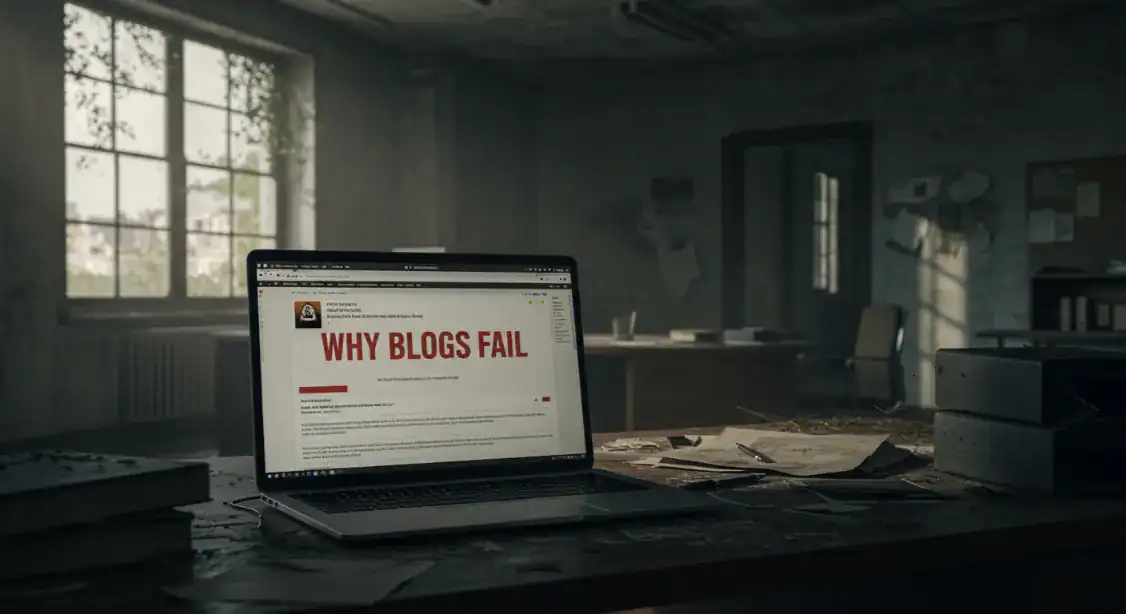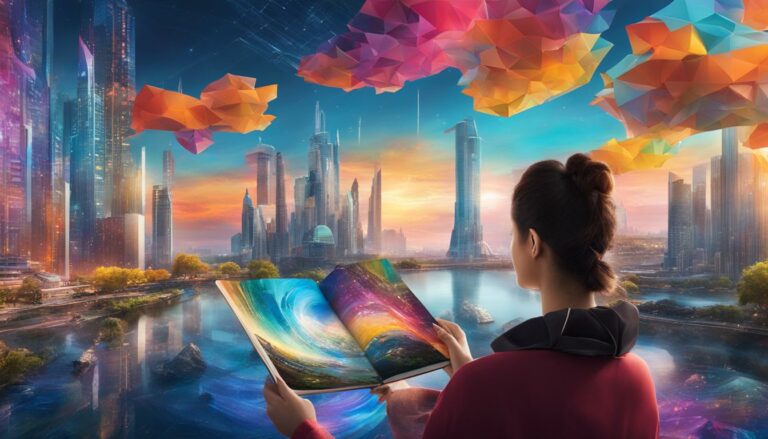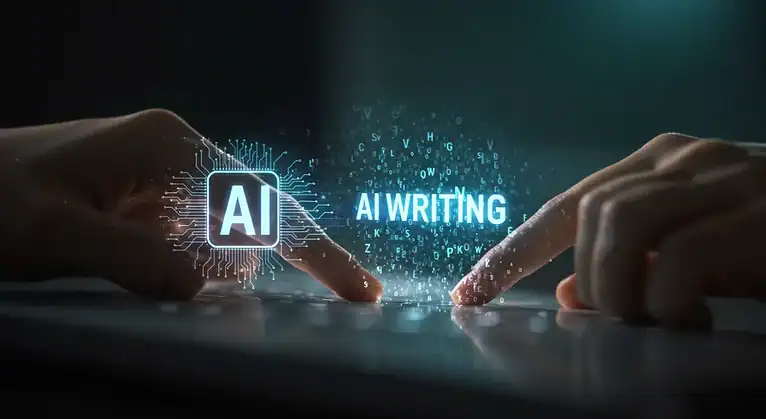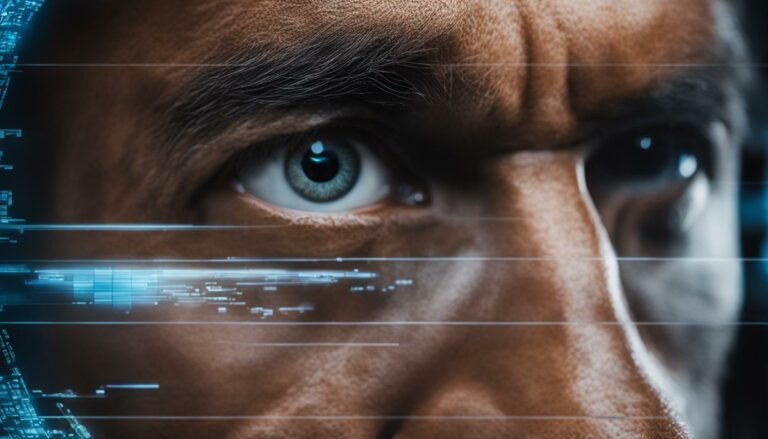Prompt Engineering AI Art: 7 Secret Steps to Jaw-Dropping Art
AFFILIATE MARKETING STRATEGIES FOR SUCCESS IN 2026: YOUR COMPLETE GUIDE PROTOCOL: ACTIVE
ID: REF-2025-E328AConclusions built strictly upon verifiable data and validated research.
Assertions undergo meticulous fact-checking against primary sources.
Delivering clear, impartial, and practical insights for application.
Prompt engineering for AI art is the practice of crafting precise text instructions that guide artificial intelligence systems to create visual masterpieces. It’s about speaking the machine’s language—telling it exactly what you want to see, down to the smallest detail.
You type words. The AI makes pictures. Simple as that.
But here’s the thing—the difference between amateur hour and professional results lies in how you structure those words. Every modifier matters. Every description counts. The right prompt transforms a basic idea into a stunning piece of digital art that could hang in a gallery or sell for thousands.
Key Takeaways:
- AI-Generated Art: Understanding image generation models is essential for creating high-quality digital artworks.
- Prompt Engineering: Mastering prompt engineering directly influences the initial images and overall image content produced by AI.
- Sets of Prompts: Using multiple prompts can lead to diverse outputs and improve the creative process.
- Art Generator Prompt Quality: High-quality prompts are crucial for generating better images per prompt, transforming concepts into visuals.
- Skill Levels: Expert skills in crafting prompts yield superior results compared to naive participants.
- Negative Terms: Utilizing negative terms helps refine outputs and control unwanted elements in AI-generated images.
Understanding the Basics of AI Art Prompts
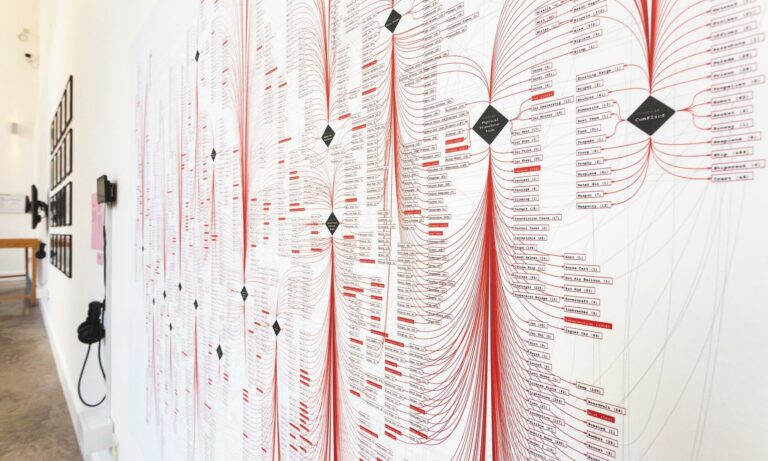
Think of AI as a brilliant artist who doesn’t speak your language. You need to translate your vision into terms it understands. This isn’t random typing—it’s strategic communication.
The best prompts follow a formula. Subject first. Style second. Details third.
Bad prompt: “Make something cool”
Good prompt: “Cyberpunk cityscape, neon lights reflecting on wet streets, flying cars, ultra-detailed, 8K resolution”
See the difference? One gets you generic garbage. The other creates art.
Why Prompt Engineering Matters More Than Ever
The AI art market is exploding. Companies need people who can consistently generate high-quality images. Freelancers charge premium rates for custom prompts. Even hobbyists save hours by mastering proper prompt engineering techniques.
Here’s what nobody tells you—AI doesn’t think like humans. It processes patterns, not concepts. Your job is to bridge that gap.
A vague prompt produces vague results. A precise prompt produces precise art. It’s that straightforward.
AI Art Prompt Generator
💡 Pro Tips:
- Be specific with your subject description
- Combine multiple quality enhancers for better results
- Experiment with different lighting options
- Add negative prompts to exclude unwanted elements
Core Components Every AI Art Prompt Needs
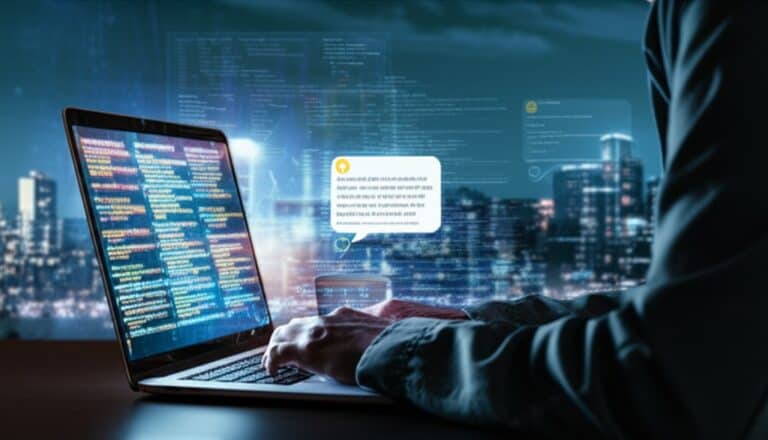
Subject Matter
Start specific:
- “Golden retriever puppy” beats “dog”
- “Victorian mansion on foggy hill” beats “house”
- “Battle-worn space marine” beats “soldier”
Style Modifiers
Tell the AI how to paint:
- Photorealistic
- Oil painting
- Watercolor
- Digital concept art
- Pencil sketch
- 3D render
Quality Boosters
These words enhance everything:
- “highly detailed”
- “professional photography”
- “award-winning”
- “masterpiece”
- “8K resolution”
- “trending on ArtStation”
Lighting and Mood
Control the atmosphere:
- “golden hour lighting”
- “dramatic shadows”
- “soft diffused light”
- “neon glow”
- “moonlit scene”
- “studio lighting”
Platform-Specific Prompt Strategies
Different AI tools speak different dialects. Here’s what works:
Midjourney
- Loves artistic references
- Responds to aspect ratios (–ar 16:9)
- Uses weighted terms (::2)
- Handles complex scenes well
DALL-E 3
- Prefers natural language
- Great with specific details
- Understands context better
- Less technical jargon needed
Stable Diffusion
- Technical prompts excel
- Negative prompts crucial
- Model-specific keywords matter
- Community models vary wildly
Leonardo AI
- Gaming assets specialty
- Fantasy themes dominate
- Control nets available
- Style references work great
Advanced Techniques That Separate Pros from Amateurs
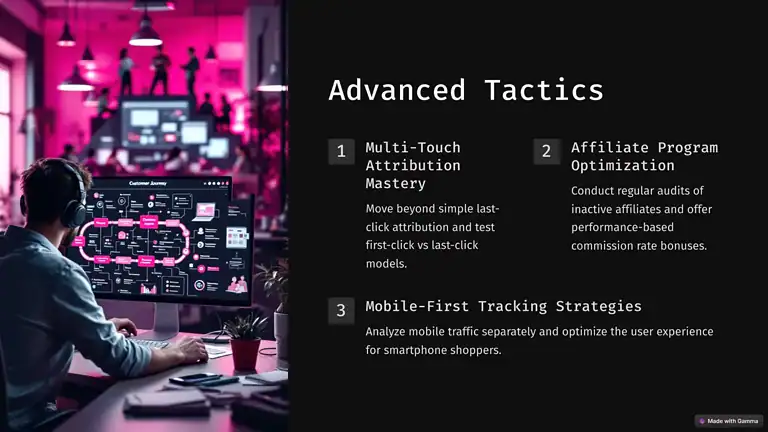
Negative Prompts
Tell AI what to avoid:
"no blur, no watermark, no extra fingers, no distorted faces, no text" Weight Parameters
Emphasize key elements:
"(red roses:1.5), morning garden, soft light" Style Mixing
Blend influences:
"Van Gogh brushwork meets cyberpunk aesthetic" Composition Control
Direct the layout:
"rule of thirds, subject left, blurred background, shallow depth of field"
Step-by-Step Process for Building Perfect Prompts
Define Core Vision
- Main subject
- Desired mood
- Art style
Build Base Prompt
- Start simple
- Add elements gradually
- Test frequently
Refine Through Testing
- Generate variations
- Note successes
- Fix problem areas
Polish Final Details
- Add quality modifiers
- Include technical specs
- Set parameters
Common Mistakes That Ruin AI Art

Being Too Vague
❌ “Beautiful landscape”
✅ “Misty mountain valley at sunrise, pine trees, mirror lake, photorealistic”
Information Overload
❌ 300-word essays with conflicting instructions
✅ Focused 30-word prompts with clear direction
Fighting the Platform
Each AI has strengths. Midjourney excels at artistic styles. DALL-E handles realism. Work with them, not against them.
Ignoring Negative Space
What you exclude matters as much as what you include. Use negative prompts strategically.
Real-World Prompt Examples That Work
Portrait Photography
"Professional headshot, confident CEO, soft studio lighting, Canon 85mm f/1.4, shallow depth of field, clean background" Fantasy Landscape
"Floating crystal islands, purple twilight sky, bioluminescent plants, fantasy art style, highly detailed, magical atmosphere" Product Shot
"Minimalist watch, titanium case, leather strap, product photography, white background, soft shadows, commercial quality" Abstract Art
"Flowing liquid metal, blue and gold swirls, abstract expressionism, dynamic movement, high contrast" Mastering Different Art Styles
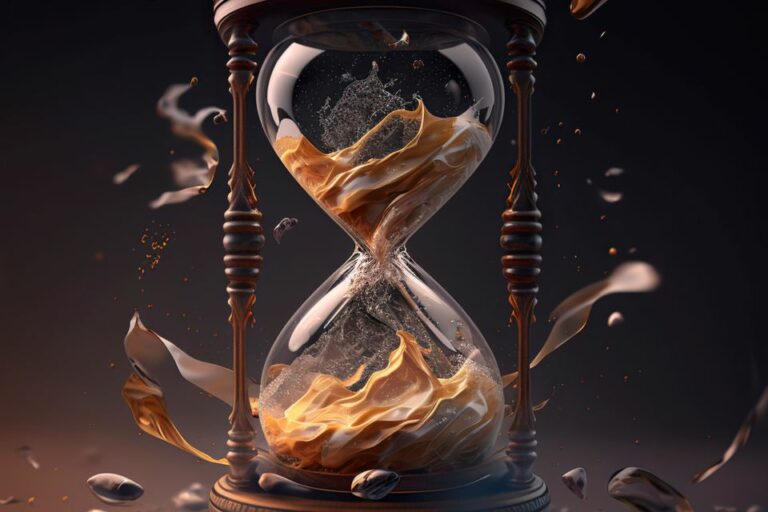
Photorealism
Focus on camera specs:
- “85mm lens, f/1.4”
- “natural lighting”
- “RAW photo”
- “photojournalism”
Digital Painting
Emphasize technique:
- “visible brushstrokes”
- “digital art”
- “concept art”
- “matte painting”
Anime/Manga
Use specific terms:
- “anime style”
- “cel shaded”
- “manga illustration”
- “studio ghibli style”
3D Renders
Include technical details:
- “octane render”
- “ray tracing”
- “volumetric fog”
- “subsurface scattering”
Tools and Resources for Prompt Engineers
Prompt Libraries
- PromptHero: Browse successful prompts
- Lexica: AI art search engine
- Promptbase: Buy and sell prompts
Learning Platforms
- Comprehensive prompt courses: Master fundamentals
- Discord communities: Real-time feedback
- YouTube tutorials: Visual learning
Testing Tools
- A/B testing: Compare variations
- Prompt notebooks: Track successes
- Version control: Save winning formulas
Monetizing Your Prompt Engineering Skills
The market’s hot. Here’s how to cash in:
Sell Prompt Packs
Create templates for:
- Logo designs
- Character concepts
- Background scenes
- Product mockups
Consulting Services
Businesses need:
- Brand-specific AI art
- Marketing visuals
- Product imagery
- Social media content
Build Tools
Develop:
- Prompt generators
- Style guides
- Training materials
- Custom workflows
Educational Content
Share knowledge via:
- Online courses
- Tutorial videos
- Written guides
- Workshops
Industry Applications Driving Demand
Marketing and Advertising
Agencies use AI for:
- Campaign concepts
- Social posts
- Banner ads
- Product visualization
Game Development
Studios need:
- Concept art
- Asset generation
- Environment design
- Character creation
Publishing
Publishers want:
- Book covers
- Illustrations
- Marketing materials
- Author portraits
E-commerce
Online stores require:
- Product images
- Lifestyle shots
- Category headers
- Promotional graphics
The Future of AI Art Prompt Engineering
Technology evolves daily. New models understand context better. They need less technical prompting, more creative direction.
But this doesn’t eliminate prompt engineers—it elevates them. Tomorrow’s prompt engineers are creative directors, guiding AI toward sophisticated outputs.
Emerging AI trends suggest:
- Real-time refinement
- Multi-modal generation
- Enhanced style transfer
- Better control systems
Best Practices for Consistent Results
Document Everything
Track:
- Successful prompts
- Failed attempts
- Platform settings
- Output variations
Build a Library
Organize by:
- Style categories
- Subject types
- Quality levels
- Platform specifics
Stay Current
Follow:
- AI developments
- Community forums
- Platform updates
- Research papers
Practice Daily
Improve through:
- Regular experiments
- Result analysis
- Technique refinement
- Boundary pushing
Troubleshooting Common Issues
Distorted Faces
Add: “symmetrical features, proper anatomy, detailed face”
Extra Limbs
Include: “correct proportions, proper number of fingers”
Blurry Output
Specify: “sharp focus, high detail, crisp edges”
Wrong Style
Clarify: “exactly in style of [specific reference]”
Ethical Considerations in AI Art
Power brings responsibility:
- Respect copyright
- Avoid harmful content
- Credit AI assistance
- Consider cultural sensitivity
The ethical implications of AI extend to art generation. Use this tool wisely.
Getting Started Today
Ready to master AI art prompts? Your action plan:
- Pick One Platform: Master it first
- Study Examples: Analyze winners
- Start Simple: Build complexity gradually
- Join Communities: Learn from others
- Track Progress: Document your journey
The gap between amateur and professional AI art? It’s all in the prompts.
Want deeper insights? Explore comprehensive prompt engineering examples to accelerate learning.
Remember—every expert started somewhere. Your first prompts might surprise you. That’s normal. Keep refining. Keep learning. Keep creating.
The future of digital art speaks in prompts. Time to learn the language.
Advanced Prompt Engineering Strategies
Multi-Stage Prompting
Break complex scenes into layers:
- Generate background
- Add main subject
- Enhance details
- Apply final touches
Prompt Chaining
Use output from one prompt as input for another. Creates complex narratives and evolving scenes.
Style Transfer Techniques
Combine artistic movements:
"Impressionist color palette with Art Deco geometry" Emotional Prompting
Add feeling to your art:
- “melancholic atmosphere”
- “joyful energy”
- “tense anticipation”
- “serene tranquility”
Platform Comparison Table
| Platform | Best For | Prompt Style | Key Features |
|---|---|---|---|
| Midjourney | Artistic styles | Creative, descriptive | Aspect ratios, variations |
| DALL-E 3 | Natural scenes | Conversational | Context understanding |
| Stable Diffusion | Technical control | Precise, technical | Open source, customizable |
| Leonardo AI | Game assets | Fantasy-focused | Style references, control |
Prompt Engineering for Different Industries
Fashion and Apparel
"High fashion photoshoot, model in avant-garde dress, dramatic lighting, Vogue style, editorial photography" Architecture
"Modern sustainable home, glass walls, rooftop garden, architectural visualization, golden hour, photorealistic render" Food Photography
"Gourmet burger, melting cheese, fresh ingredients, food photography, shallow depth of field, appetizing presentation" Medical Illustration
"Anatomical heart diagram, scientific illustration, clean vector style, educational material, accurate details" Building Your Prompt Engineering Portfolio
Document your best work. Create case studies showing:
- Original prompt
- Generated result
- Refinement process
- Final outcome
Share on platforms where content creators gather. Build reputation through consistent quality.
Measuring Success in AI Art Generation
Track these metrics:
- Generation success rate
- Client satisfaction
- Time per project
- Revenue per prompt
Use data to refine your approach. What works? What doesn’t? Let numbers guide improvement.
Common Questions About AI Art Prompts
How long should prompts be?
20-50 words typically. Enough detail without overwhelming the AI.
Can I copyright AI-generated art?
Complex legal territory. Varies by jurisdiction and use case.
Which platform is best for beginners?
DALL-E 3 forgives mistakes. Midjourney rewards creativity. Choose based on goals.
How much can prompt engineers earn?
Freelancers charge 50−500perpromptpack.Full−timepositionsrange60k-150k annually.
Resources for Continuous Learning
Stay sharp with:
- AI art communities
- Platform documentation
- Artist showcases
- Technical forums
The field moves fast. Those who adapt thrive.
Final Thoughts on Mastering AI Art Prompts
Prompt engineering isn’t just typing words—it’s translating human creativity into machine language. Master this skill, and you unlock unlimited artistic potential.
Start today. Experiment freely. Document everything. Join communities. Share knowledge.
The canvas is infinite. The only limit? Your imagination.
Ready to dive deeper into AI mastery? Explore how prompt engineering transforms content creation across all industries.
Your journey into AI art starts with a single prompt. Make it count.
References:
1. The rise of AI art: is it transforming designers into prompt engineers? – Uniplan, accessed on January 2, 2025, https://www.uniplan.com/insights/the-rise-of-ai-art
2. Complete Guide to AI Art Prompt Engineering | Level Up Coding, accessed on January 2, 2025, https://levelup.gitconnected.com/complete-guide-to-prompt-engineering-ab514d8a89f5
3. Prompting AI Art: An Investigation into the Creative Skill of Prompt Engineering – arXiv, accessed on January 2, 2025, https://arxiv.org/abs/2303.13534
4. AI Prompt Engineering: The Art of AI Instruction – K2view, accessed on January 2, 2025, https://www.k2view.com/blog/ai-prompt-engineering/
5. How to Write AI Art Prompts? (Examples + Templates) – Hypotenuse AI, accessed on January 2, 2025, https://www.hypotenuse.ai/blog/ai-art-prompts
6. How to effectively prompt for AI art and generative AI image creation – GoDaddy Blog, accessed on January 2, 2025, https://www.godaddy.com/resources/skills/ai-image-creation
7. How to write AI art prompts – Zapier, accessed on January 2, 2025, https://zapier.com/blog/ai-art-prompts/
8. How to write AI image prompts – From basic to pro [2024] – LetsEnhance, accessed on January 2, 2025, https://letsenhance.io/blog/article/ai-text-prompt-guide/
9. Prompt like a pro: how to get the most out of AI image generators – Icons8 Blog, accessed on January 2, 2025, https://blog.icons8.com/articles/prompt-like-a-pro-how-to-get-the-most-out-of-ai-image-generators/
Alexios Papaioannou
I’m Alexios Papaioannou, an experienced affiliate marketer and content creator. With a decade of expertise, I excel in crafting engaging blog posts to boost your brand. My love for running fuels my creativity. Let’s create exceptional content together!
